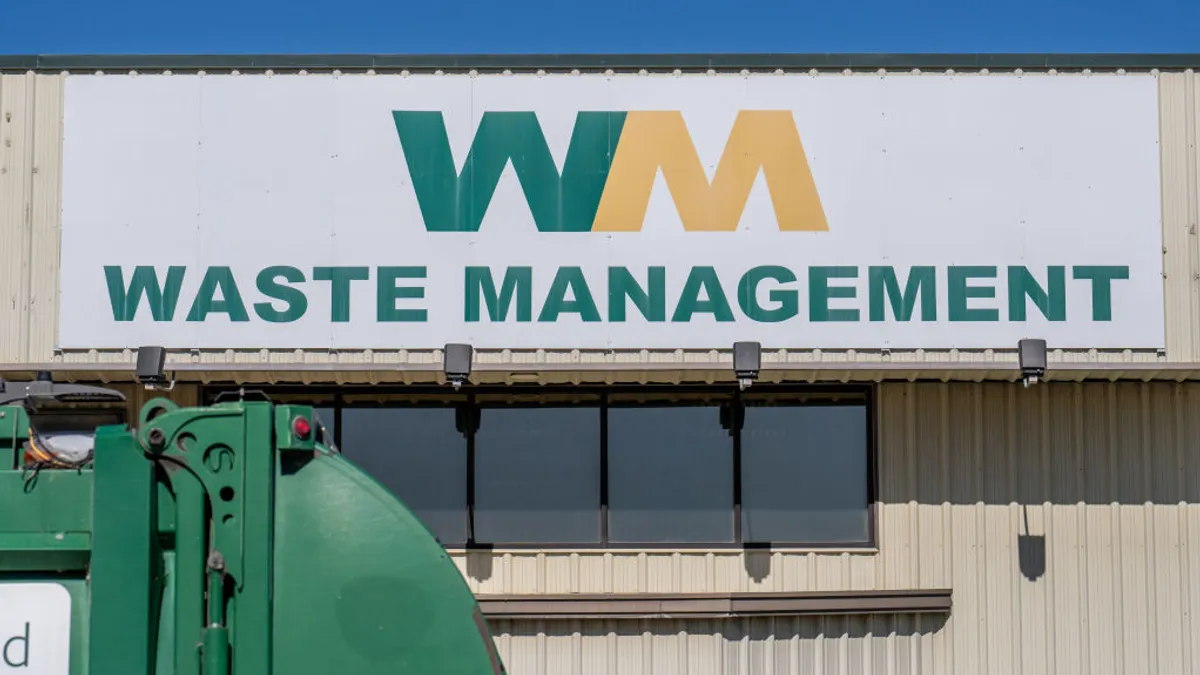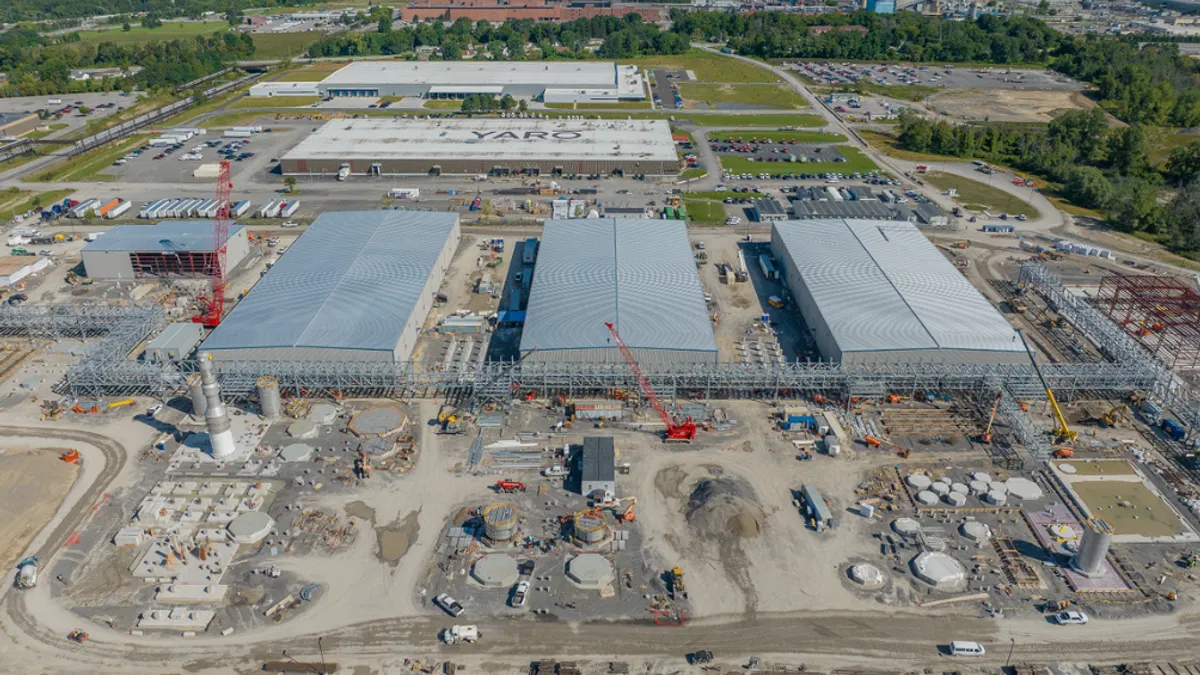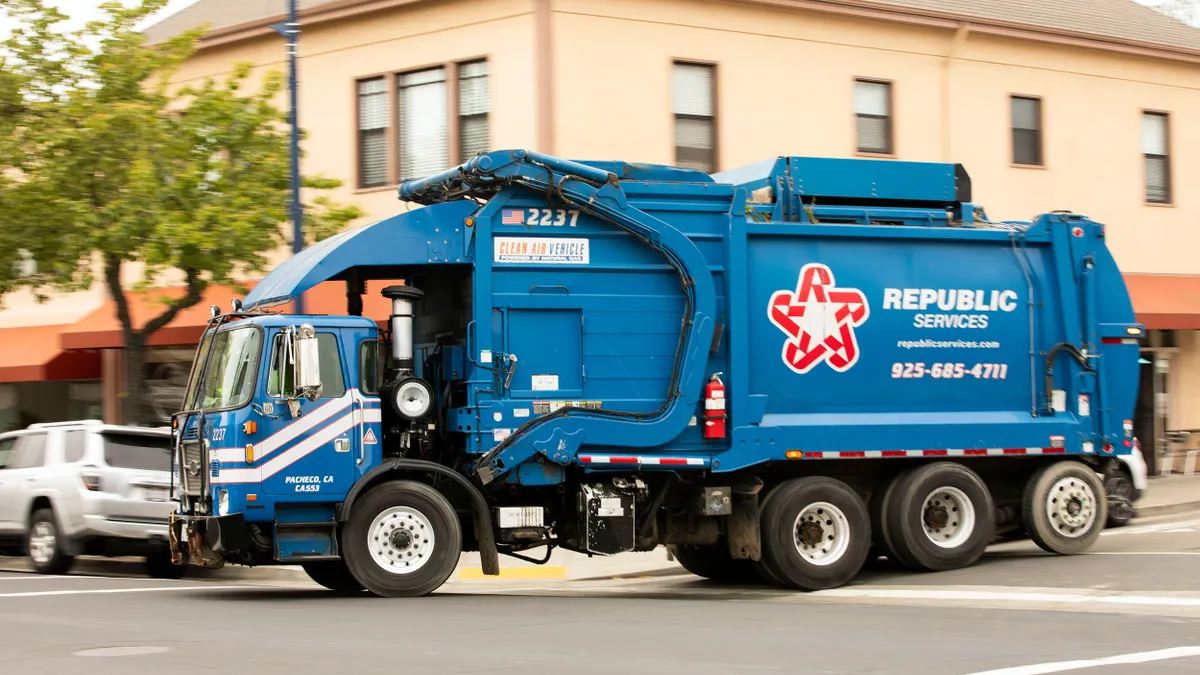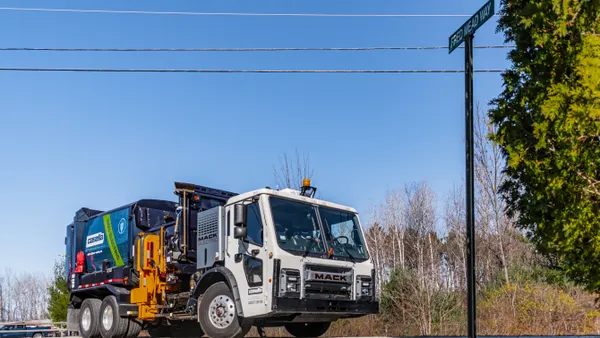As the debate around reforming New York City's commercial waste industry simmers on, it has become increasingly difficult to separate credible data from the agendas behind it. One of the most glaring examples is the most serious statistic: fatalities caused by private collection vehicles.
In the drive to paint local companies as reckless threats to civic life — an ill that some believe can only be cured with franchise zones — these statistics serve as shocking evidence. Depending on what you read, the local industry may have been involved in 43 fatalities from 2010 through 2017. Or 33. Or 20. The highest figure is not accurate, and the true one lies somewhere in between.
Under the city's "Vision Zero" goal, one traffic-related fatality is considered too many. In 2017, 214 people died in citywide traffic crashes. That number stood at 81 for the first six months of 2018, including at least one person hit by a private waste truck.
This would seem like an opportunity for the local waste world to find common agreement around safety. Yet in a policy battle that continues to ramp up ahead of official city zone plans this summer, the differences between various players have only widened. Following a series of Pro Publica stories about egregious safety practices in the industry, including the cover-up of worker Mouctar Diallo's death last year (listed as a "male pedestrian" in the data below), the situation has nearly reached a boiling point.
Making it personal
I've never driven a collection vehicle or held a commercial driver's license, so I don't know what the job is like firsthand — but I did drive smaller trucks in my former life as a New York caterer and recognize just how delicate the safety balance is on those increasingly dense city streets.
I also know what it's like to live in fear of any vehicles — especially the big ones — from working as a restaurant delivery biker in Lower Manhattan, as well as years of walking and biking throughout the five boroughs.
All of this has made me sympathetic to arguments from various corners whenever a fatal or serious accident occurs. Some may have been preventable without negligent driving. Others may have not. To my knowledge, none of them were intentional and each resulted in untold emotional trauma for all involved.
Finding any clarity about the local industry's safety progress during the almost four years that I've been been on this beat has only gotten harder. During that time, I've followed trucks around on their routes late at night, toured facilities, sat through marathon council hearings and discussed the topic for hours on end with dozens upon dozens of people.
Parsing this out through standard reporting alone hasn't always worked. I've attended all of the now-criticized safety symposiums organized by the Business Integrity Commission (BIC) and the New York City Department of Sanitation (DSNY) in conjunction with the industry. I've read all of the reports put out by Transform Don't Trash and affiliated organizations.
I usually write up each iteration for Waste Dive and was presented with the chance to do so yet again in April. TDT published a new report called "More Dangerous Than Ever" shortly before a fourth safety symposium was held at DSNY's Floyd Bennett Field training facility. At the symposium, I heard why TDT's report was statistically flawed, while labor advocates told me why the symposium was too little too late.
In an effort to get out of the feedback loop, I held off on covering either in more detail. In light of the heightened calls for reform of not only the industry but its regulatory agency, which you can read more about here, it's time for more transparency.
Parsing the data
In conversations with various sources about this data, I encountered reactions ranging from skepticism of the accounting to repeated suggestions that publishing it at all would be improper.
All of the fatality data interpretations come from the same source. The information was first summarized in aggregate by a Department of Transportation (DOT) official at a November 2017 City Council hearing and later obtained by Waste Dive through a records request to the BIC. That information can be found at the end of this piece.
The majority of these incidents involved pedestrians, followed by bicyclists, a few vehicle passengers and one motorcycle driver. Many occurred during turns at intersections. None resulted in arrests.
A common comparison is that DSNY vehicles haven't been involved in a fatality since 2014. DSNY confirmed to Waste Dive that its vehicles were involved in five fatalities from 2010 to 2014. One key factor is that many of these vehicles operate during the day with drivers working shorter shifts, whereas commercial drivers work at night, often for much longer hours.
For commercial vehicles, it is unclear whether this situation is better or worse than before. The BIC receives its data from the DOT, which receives it from the NYPD, and said that information "was not standardized prior to 2010."
The only other known baseline is from a 1999 report called "Killed By Automobile" released by the organization Right of Way. According to this report, "private carters" were involved in 12 fatalities between 1994 and 1997. DSNY was involved in six. When factoring in a reasonable percentage of unidentified cases, the "adjusted" numbers were reported as 17 and nine respectively.
Charles Komanoff, a transportation policy analyst who was the report's lead author, told me that all of these cases involved pedestrians, though he estimated that there were about half as many bicyclists on the road in New York at that time. Komanoff wasn't aware of any comparable studies on the topic since, but said any further research should factor in the difference of vehicle miles traveled between private and municipal fleets for the most accurate rates.
Better comparisons will become possible as time goes on, now that the 2010 baseline is in place, but until then we're left to work with the information at hand.
Based on my analysis, the precise number directly tied to commercial waste collection is not 43 and many of these incidents have no direct link to the franchise zone conversation. The true number is still uncertain for the following reasons:
- 24 incidents involved BIC "licensees," which traditionally collect putrescible waste," but at least three of those companies are believed to only handle construction and demolition material.
- Eight involved BIC "registrants" which have no putrescible waste business and aren't expected to be covered by the franchise zone system's potential safety reforms.
- Seven involved companies that aren't under BIC's jurisdiction at all, including a paving company and a general contractor.
- Two involved hit and run incidents where the trucks were never identified.
- This data does not appear to factor in long-haul trucks transporting material from transfer stations. One such vehicle was involved in a Brooklyn fatality last December.
By publishing the information — with the drivers' names intentionally redacted — we invite you to conduct your own analysis and use this as a resource for future discussions about industry safety reform.


















